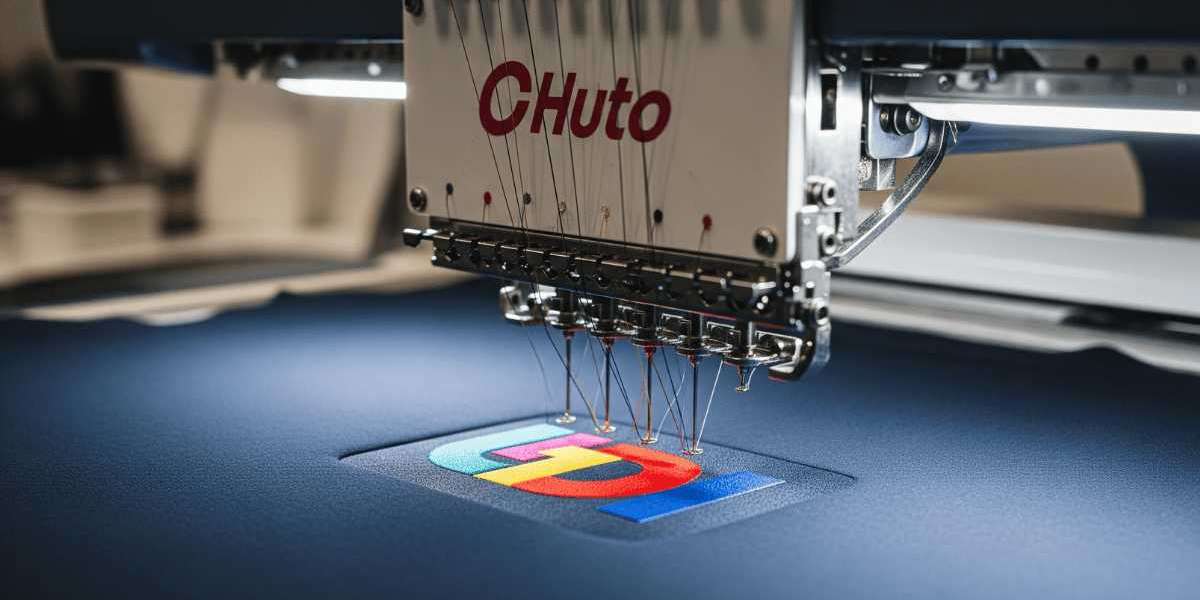Picture this: a small eco-friendly apparel brand wants to feature its new recycled-leather patch on hats and jackets. The first run, stitched manually, looked nice—until the logos draped, the edges blurred, and the fabric puckered. That’s when they realized the importance of professional custom embroidery digitizing. One well-digitized design file later, every patch came out sharp, aligned, and ready for sale.
This story represents a growing trend: between 2024 and 2030, the global custom apparel market is projected to expand at a CAGR of 4.5%, driven in large part by quality embroidery on diverse fabrics. Custom digitizing isn’t just a technical necessity—it has become a strategic differentiator for brands looking to make an impression.
What Custom Digitizing Brings to the Table
At its heart, custom embroidery digitizing transforms artwork—logos, text, illustrations—into machine-readable stitch files. Formats like DST, PES, EMB encode every detail: stitch type, density, underlay, pull compensation, and thread path—all optimized for the garment and machinery being used.
This precision ensures your creative vision stays intact, whether scaling up shirt runs or adapting designs for jackets, tote bags, and talk-worthy caps.
Consistency: From 10 Units to 10,000
Manual embroidery can vary subtly in color, placement, and stitch quality. Digitizing ensures each stitch path is identical, no matter how many pieces you produce. That reliability builds brand loyalty—for instance, uniform suppliers report a 30% decrease in quality issues after switching to digitized processes.
That translates to fewer returns, more repeat orders, and stronger brand perception.
Speed and On-Demand Flexibility
Once the digitized file is ready, you can:
Resize it with confidence for different apparel styles
Modify it to include team names or event details
Redeliver the file to different production partners
Turnaround times drop drastically. Rather than days for setup, digitizing offers near-instant fabric-ready files, perfect for last-minute or rush projects.
Creative Possibilities with Custom Digitizing
The right digitizing unlocks artistic options that flat embroidery can’t match:
3D puff embroidery for raised texture on caps
Applique digitizing for layered fabric design
Gradient effects using satin and fill stitches
Fine-line monograms for elegant, wired outlines
Professional digitizers customize files to help your brand explore these effects with expert stitch direction and density planning.
Fabric Compatibility and Durability
Each fabric type behaves differently. Denim requires reinforcement; fleece benefits from stabilizers; mesh needs thread adjustments. Custom digitizing takes this into account, ensuring embroidery lies flat, resists washing, and stays smooth across fabrics.
One sportswear brand increased durability by 45% after shifting to fabric-specific digitizing settings.
Formats and Machine Compatibility
Your digitized file should work with machines like Tajima, Brother, Barudan, SWF, and Bernina. Custom digitizing services typically deliver DST, PES, JEF, EXP, EMB, and sometimes Vault-ready formats. This ensures seamless stitching across in-house or external production, no matter where or what you're shipping.
Cost Efficiency ROI
While custom digitizing costs between $15–$60 per design—depending on complexity and style—it’s a smart investment given its lifespan and flexibility. With repeated use across products and production runs, per-unit cost drops sharply.
One custom shop estimated a 70% savings in embedding fees by digitizing key logos once and reusing the files repeatedly.
Choosing the Right Digitizing Partner
Look for providers who offer:
Stitch previews or test samples
Multiple file formats compatible with your equipment
Revision rounds before final delivery
Fabric-ready adjustments for tension, pull, and density
Quick turnaround aligned with your deadlines
The best custom embroidery digitizing services support your brand ambitions, not just passively process your files.
Real-World Examples: Digitizing in Action
Fashion Launch Success
A startup introduced a custom embroidered leather-trim hoodie. Digitized files prevented edge distortion, resulting in stellar launch reviews.
Promotional Merchandise Made Easy
A conference organizer used digitizing to produce over 2,000 embroidered tote bags in 48 hours—thanks to file reusability across colors and models.
Boutique Brand Expansion
An indie apparel line scaled from pop-up fairs to national retail after implementing digitized monogram designs—prints stayed crisp despite industrial laundry cycles.
Looking Ahead: The Future of Digitizing
Advances in AI-assisted digitizing, auto-stitch path optimization, and metadata embedding are reshaping the industry. Expect future services to include intelligent file recommendations and error-free stitch previews—while experts refine and approve—cutting production time while guaranteeing design integrity.
Conclusion: Stitching Your Brand Identity with Precision
Embracing custom embroidery digitizing means embracing consistency, creative control, and scalable quality. It turns textile craftsmanship into a repeatable, production-ready art form—key for brands wanting their stitch work to stand the test of time.
What custom piece will you bring to life with expertly digitized precision?



